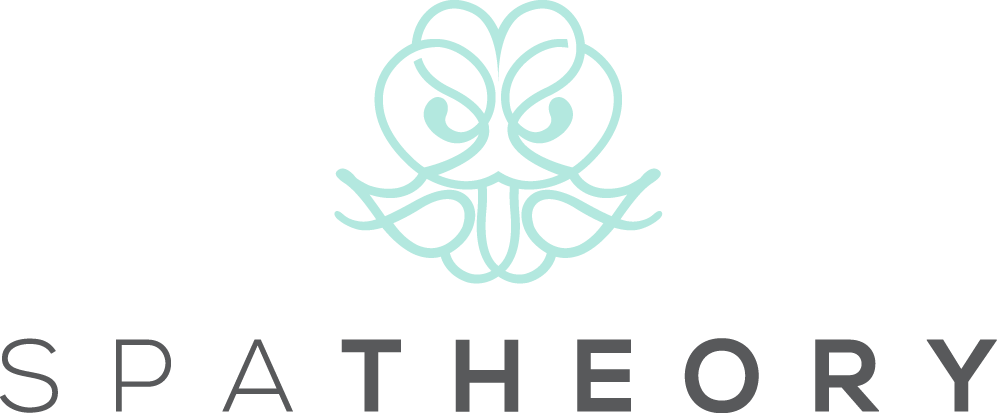Exploring Effective Self-Neck Massage Techniques
The neck, with its intricate network of muscles and tendons, often bears the brunt of our daily stress, poor posture, and long hours of screen time. Over time, this can lead to stiffness, discomfort, and even pain, and while professional massage sessions are invaluable for relieving such tension, there are also a number of effective self-neck massage techniques that you can practice at home for quick relief. So, let’s take a closer look at some neck massage techniques, and how they can aid in relieving discomfort and pain in your day-to-day life.
What Causes Neck Pain?
While irritating, neck pain is a fairly common complaint amongst adults, and can arise from a multitude of reasons, each varying in severity and duration. Some of the most common causes include:
Poor Posture: Spending hours hunched over a computer, smartphone, or book can strain the neck muscles; over time, maintaining an improper posture can lead to chronic neck pain.
Muscle Strains: Overuse, such as spending too long sitting without changing positions or even sleeping in an awkward position, can strain the neck muscles, leading to pain and discomfort.
Worn Joints: As we age, the cervical joints in the neck tend to wear down, resulting in osteoarthritis; this can lead to pain and reduced mobility.
Nerve Compression: Herniated discs or bone spurs in the cervical spine (neck) can press on the nerves branching out from the spinal cord, causing sharp or radiating pain in the neck area.
Injuries: Accidents, such as car crashes or falls, can result in whiplash injuries, and this occurs when the head is jerked backward and then forward, straining neck muscles and ligaments.
Diseases: Certain diseases such as rheumatoid arthritis, meningitis, or certain types of cancer can also lead to neck pain, although these tend to be rarer than other simpler causes.
Basic Techniques for Neck Relief
While an at home massage carried out by a professional masseuse can do wonders for neck pain, here are some self-application techniques that can offer immediate relief:
The Squeeze and Release:
First up is the Squeeze and Release, and to perform this movement, you’ll need to begin by placing your hand on the back of your neck, where the base of your skull meets your neck. Gently squeeze the muscles between your fingers and palm, holding for a few moments and then releasing. Move your hand down your neck, repeating the motion as you go, squeezing and releasing until you reach the base.
The Tilt and Turn
This isn't so much a massage as it is a gentle stretch; sit comfortably and slowly tilt your head to one side, aiming to touch your ear to your shoulder (without raising your shoulder). Hold for a few moments, feeling the stretch along the side of your neck. Return to the center and repeat on the other side, and follow this up by gently turning your head from side to side, holding at each end to accentuate the stretch.
Circular Thumb Massage
For those wondering how to massage a stiff neck by yourself, this technique is simple yet effective; position your thumbs at the back of your neck, just below the skull. Apply gentle pressure and move your thumbs in small circular motions, slowly working your way down to the base of the neck.
The Pin and Stretch:
If you're specifically wondering how to massage a neck spasm, this technique can be particularly effective; identify the tight or spasmodic spot, and using two fingers, gently press or "pin" this spot. As you maintain the pressure, slowly move your head in different directions, effectively "stretching" the pinned muscle - this combination of pressure and movement can help alleviate the intensity of a spasm.
The Fingertip Tapping:
Tapping can stimulate blood flow and awaken sleepy muscles, so next time you’re experiencing neck pain, use your fingertips to lightly tap all over your neck area; start from the base of your neck and work your way up to the base of your skull. While it might seem odd, this gentle tapping can provide a bout of relief for ongoing neck issues.
NOTE: It's essential to point out that while these techniques can provide relief, it's vital to approach them with sensitivity and delicacy; avoid pressing too hard or stretching too far, as the neck is a delicate region. Listen to your body, and if a specific technique causes pain or discomfort, stop immediately.
How To Massage your Own Neck Properly
While these self-neck massage techniques can provide immediate relief, ensuring their long-term efficacy involves a bit more mindfulness:
Posture Check
Poor posture, especially when working at a desk or using mobile devices, can contribute significantly to neck strain, so regularly check in with your posture throughout the day. Aim to keep your back straight, shoulders relaxed, and screens at eye level.
Hydrate
Muscles work best when they're hydrated, so always drink plenty of water, especially after massaging, to help flush out toxins and keep your muscles supple.
Warm-Up
If your neck feels particularly stiff, consider using a warm towel or heating pad before starting your massage; the warmth can help relax muscles, making your self-massage more effective.
The Bottom Line
So, whether you're dealing with discomfort due to excessive screen time or joint pain, the key to using massage for neck pain is to be consistent, and listen to your body as you perform any massage. And for those moments when you crave a professional touch or perhaps a full-body experience, remember that services like ours at Spa Theory can bring spa-quality relaxation to your doorstep.

